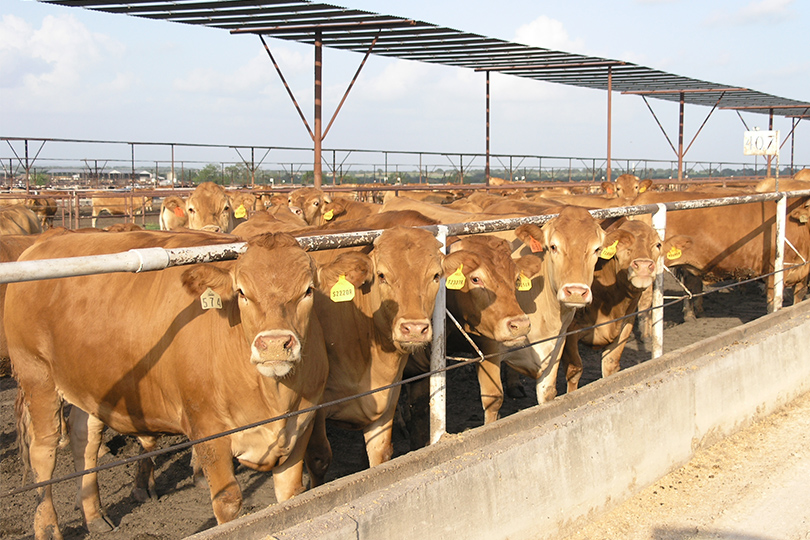By Shala Gean
Communications Specialist
The U.S. cattle and beef industries are in an expansion phase that is expected to last for another two to three years, according to a new report from RaboResearch Food & Agribusiness group.
The report provides an outlook through 2025 for the beef and cattle sectors and forecasts an increase in U.S. beef exports.
Global drivers behind the opportunity for increased beef exports are population growth and improving middle-class incomes, according to Don Close, senior animal protein analyst at RaboResearch Agri-Finance and co-author of the report.
The U.S. has been a net importer of beef with a few isolated exceptions, according to Close.
But that could change in the next few years. Beginning this year, the U.S. has a high probability of becoming a net beef exporter, according to the report.
Close said U.S. per capita consumption is growing, reaching a level that is very close to our maximum domestic capacity.
Increased beef production from herd rebuilding is expected to decrease the retail beef price and increase per capita consumption by about 5 percent by 2020.
“If our production is exceeding what our domestic per capita consumption is, then our only alternative is to increase exports to clear that product out of the country,” Close told the Texas Farm Bureau (TFB) Radio Network.
He said improvement in the quality of U.S. beef over the last 10 years could also increase beef exports.
“We’ve seen right at a 20 percent increase in cattle carcasses grading choice and better,” Close said. “We have a lot more high quality product to merchandise.”
Expanding export markets to include China, the growth curve in Southeast Asia and U.S. sales volumes to Japan and South Korea look promising for beef in the long term.
The U.S. has never exceeded 10 percent of carcass weight in exports, and current year-to-date exports are 10.7 percent, according to Close.
“This could be a bellwether year that we finally exceed that 10 percent of carcass weight basis going to exports—which is very good news,” Close said.
Close advised ranchers to plan carefully and with caution as they make plans to expand.
“We really see the growth opportunity for total sales of U.S. beef being with our exports to Southeast Asia and China, so that side of the equation still looks very promising for the long term pull,” he said.
Close said feed grain prices should remain low with large global supplies of corn.
“I think we are at a very comfortable supply on feed supplies,” Close said. “Not only are we looking at a larger supply of beef that is essentially derived from this ample access of feed grain supply, we are looking at growth in the other protein markets for the very same reason.”
He said a transition in the Mexican cattle industry to high-tech processing facilities could negatively impact beef production in Texas.
“Those processing facilities are requiring more and more cattle to be fed in Mexico. That, in turn, means a smaller number of Mexican feeder cattle imported into the states,” Close said. “If not a smaller number, it certainly increases the competition and subsequent price level of those Mexican cattle coming to Texas.”

